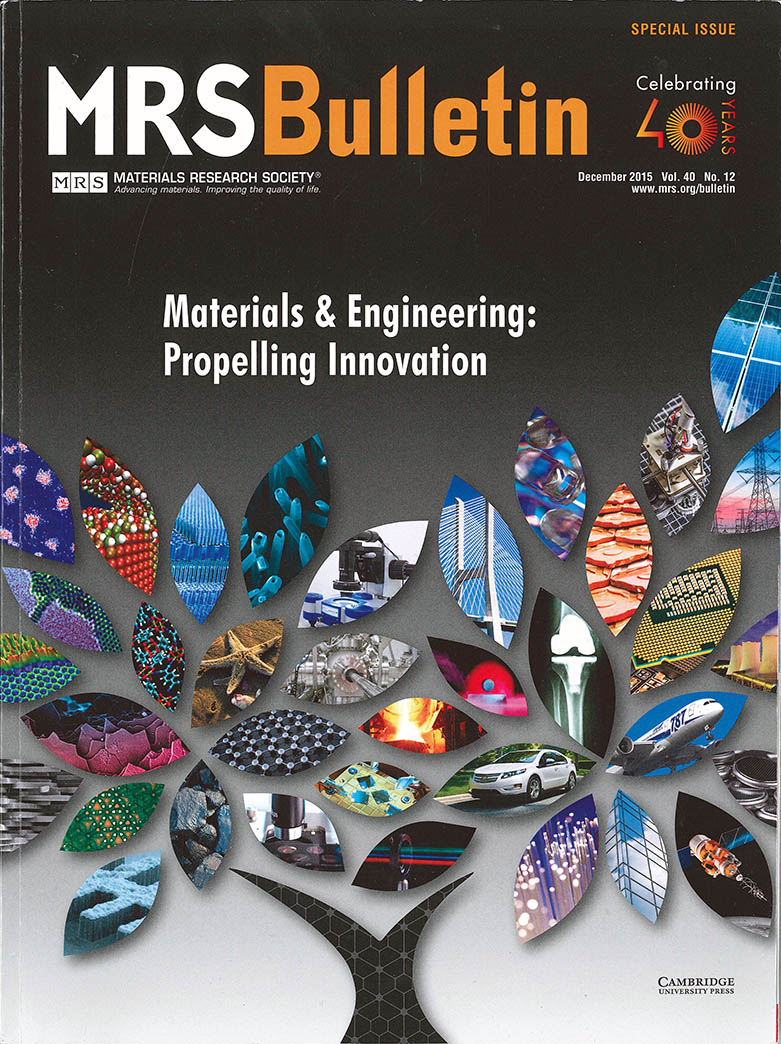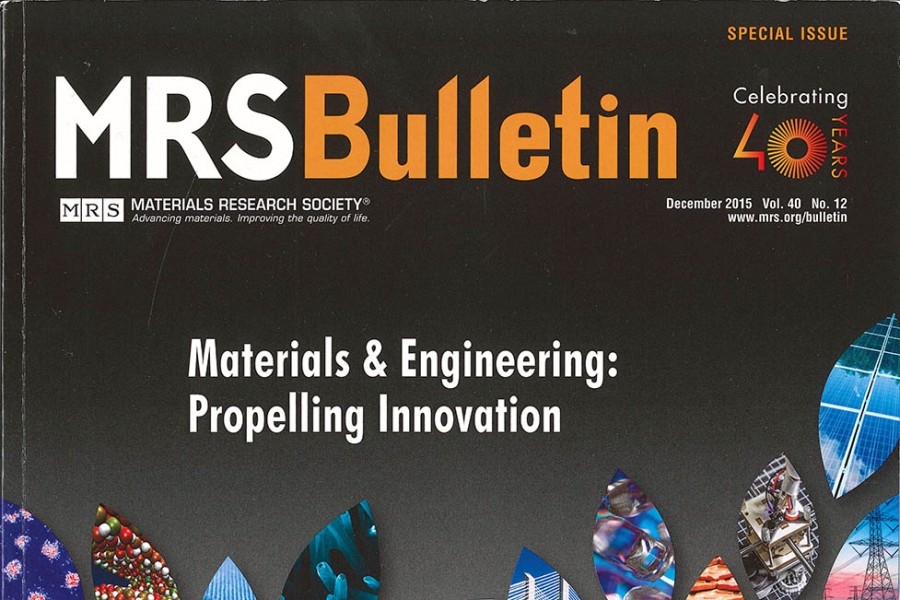 Kimberly Kurtis surveys innovations in cement-based materials and efforts to improve the sustainability of concrete in a new article published in a December 2015 special issue of MRS Bulletin.
Kimberly Kurtis surveys innovations in cement-based materials and efforts to improve the sustainability of concrete in a new article published in a December 2015 special issue of MRS Bulletin.
The issue celebrates 40 years of the journal from the Materials Research Society. Editors invited Kurtis’ to explore recent developments in the design of concrete as part of the issue’s focus on the interplay between materials and engineering and how that relationship is driving innovations in materials.
The potential impact of “greener” cement-based materials like concrete could be enormous, wrote Kurtis, a School of Civil and Environmental Engineering professor and associate dean in the College of Engineering.
With kiln temperatures exceeding 1400oC, modern manufacturing of cement clinker (i.e., the cement components formed within the kiln) is a highly energy-intensive process and one that is associated with 2 percent – 3 percent of global energy use, as well as 5 percent – 7 percent of anthropogenic CO2 emissions. When fossil fuels are used to generate this heat, 40 percent of the embodied CO2 emissions associated with cement manufacture are attributable to the energy sources, whereas 60 percent of emissions derive directly from the calcination of limestone, the predominant raw material used in portland cement manufacture.
 Kurtis |
The article, based in part on work Kurtis is doing on alternative cements through a $1 million grant from the Federal Highway Administration, highlights “three areas that have the potential to transform ways in which infrastructure is specified, designed and constructed”:
- Using more supplementary cementitious materials — industrial by-products like fly ash from coal-burning power plants and slag from steel production — as well as finding new kinds of this supplementary material.
- Using new kinds of cements or binding materials altogether, things like limestone not heated in kilns (and thus not producing the large amounts of carbon dioxide) or carbonate-based binders.
- Using new kinds of reinforcement in concrete, such as fibers from eucalyptus trees or even glass fibers in corrosive places like marine environments.
Kurtis wrote that deploying any of these new technologies, however, will be a difficult task.
Significant challenges remain in “upscaling” emerging sustainable technologies from the laboratory scale to practical application in construction. The construction industry is relatively risk averse, and since the 2008 economic crisis, there is perhaps even greater reluctance to accept additional risk associated with the adoption of new materials or technologies. Therefore, three strategies are critical in speeding practical acceptance of emerging and next-generation technologies: (1) standardization in materials evaluation; (2) site-production and field-exposure studies; and (3) modernization of industry-accepted design guidelines, specifications, and codes.
Read more of Kurtis’ work in the MRS Bulletin special issue.

